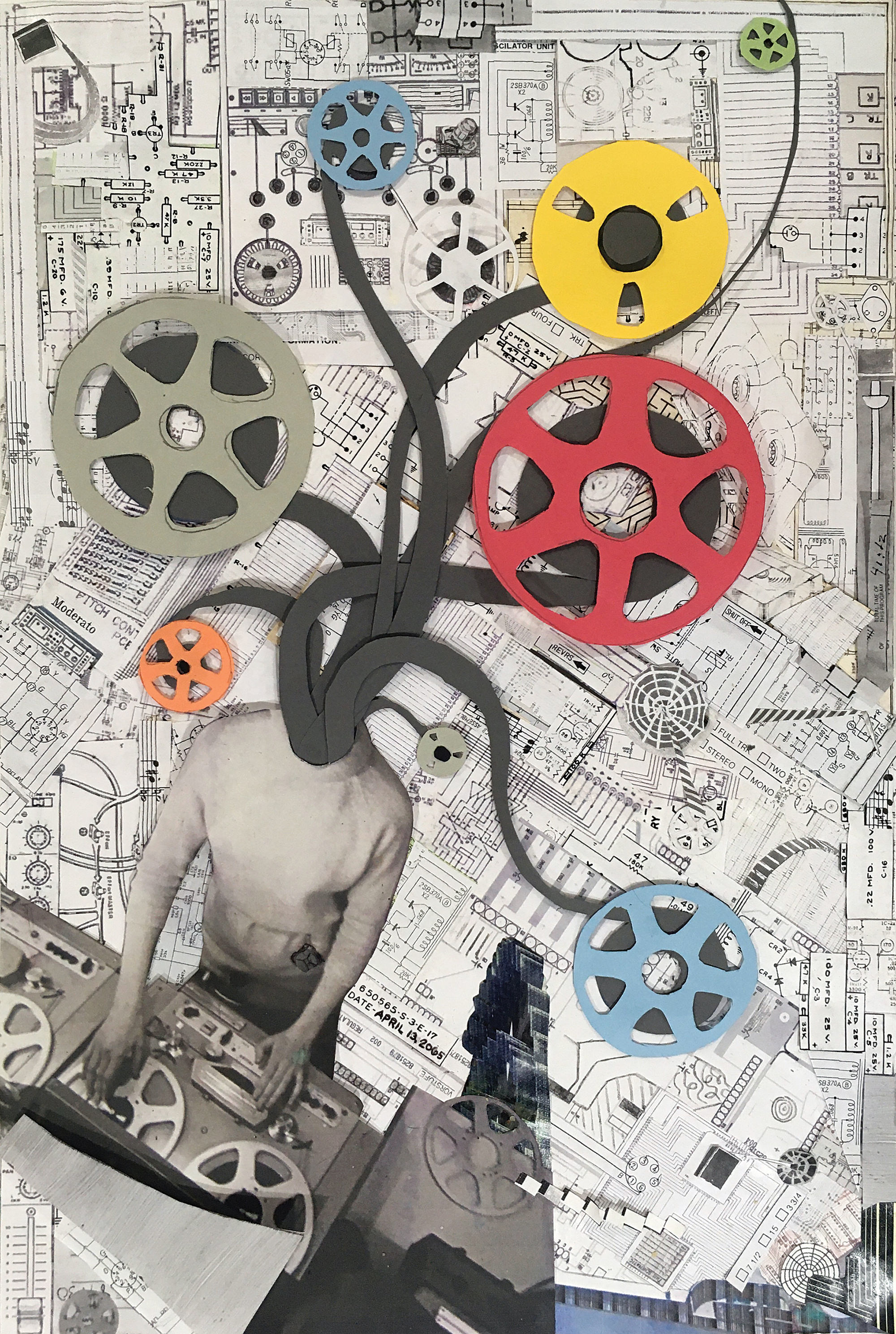We’re truly living in the golden age of digital synthesis. I’ve said this before, but I’m bored with skeuomorphic, digital recreations of vintage analog synthesizers such as the Minimoog, although I do own and use quite a few of them! What I find much more interesting is some of the recreated and re-ported versions of some of the seminal and groundbreaking early digital synthesizers. For instance, Arturia’s Synclavier V app [Tape Op #118] uses the original code from the Synclavier, and Arturia worked closely with original Synclavier designer Cameron Jones on the app. It’s pretty amazing that for about $100 you can now essentially own a Synclavier – an instrument that had a starting price of $32,000 in 1983. Moreover, the newer $100 app version has increased stability, is smaller, and it’s easier to use!
This brings me to ID700; a labor of love from Berkeley, California-based musician and programmer, Jonathan Schatz. The ID700 is an iOS app (with a macOS version expected this fall) that recreates the voice architecture of the Buchla 700 digital synthesizer. The Buchla 700 was a rare digital synthesizer built by Don Buchla (1937-2016) in 1987, using a combination of FM synthesis and waveshaping for its sound engine. There were apparently only 13 units ever made, and only two left that still operate. You can see Nine Inch Nails’ keyboardist Alessandro Cortini playing a Buchla 700 in this YouTube video: <youtube.com/watch?v=8mpaiiHPJaY>. The Buchla 700 was completely ahead of its time, and the digital technology of the day could barely keep up with executing the algorithms that Don Buchla developed for it. Ironically, my entry-level iPad runs this app with no glitches at all!
The ID700 shares the complex and deep synthesis engine of the Buchla 700. It includes a 12-voice synth, with each voice using a combination of four operator FM synthesis and two waveshapers with 12 different algorithms to configure them. Familiarity with the Yamaha DX7 will be helpful to people coming to the Buchla 700 platform, although the 700 is a much deeper instrument; For instance, it has 14 complex envelopes per voice. The layout and GUI of the ID700 takes full advantage of the iPad’s 2D touch screen interface and hi-res graphics. Despite the complexity of an ID700 voice, once you start to dig into programming there is quite a bit of dynamic onscreen information present, which makes modifying a patch somewhat intuitive – much more so than a DX7! All of the controls are very smooth. Even smaller, on-screen controls operate very smoothly.
I never heard any glitches or zipper noises while working with ID700. The sound of this instrument is gorgeous! The ID700 has deep, evolving tones that take full advantage of complex envelopes that can last for up to 128 seconds! Even though this is a digital app, it manages to capture the randomness and personality that Don Buchla’s synths are known for. (See my review of the Buchla Easel Command Module [Tape Op #141] for more on this.) I also appreciate that the ID700 app doesn’t include a built-in effects module – I usually end up stripping off all the effects from other soft synths to create a processing chain of my own design. While this is a very satisfying app to play standalone on the iPad, when you add in an MPE controller like the Sensel Morph [#142], the ID700 takes on an entirely new level of expressiveness. Throw the Buchla Thunder overlay onto the Morph and you can’t help but bet Don would be pretty stoked on this app if he were around to see it.
Reading through the documentation for ID700, I realized that our pal and contributor Kurt Kurasaki did all the sound design for the ID700 presets. I gave him a call for some insight on his process and the ID700 architecture, and here’s what he had to say: “Anyone who is already into FM synthesis will absolutely love ID700. There are some similarities in terms of sound and programmability, but the waveshaper, timbre mod, and arbitrary function generator features offer something uniquely ‘Buchla’ that is really inspiring. Before I started voicing presets, Rick Smith of the Buchla Archives sent me a copy of the Buchla 700 User’s Guide. The manual was actually useful in understanding one of the most unique aspects of the ID700’s architecture: the waveshape editor. I spent a considerable amount of time getting a feel for how harmonic settings and the amplitude index would vary the tone in a manner that would (to quote the guide) ‘provide a rich and varied electronic vocabulary.’ I also spent a lot of time with the ID700 envelopes and discovered that they could be incorporated as LFOs or even step sequencers for rhythmic and generative patches.”
Kurt has a post on his site that goes into some more detail on his voicing process. He also created a Buchla 700 overlay for the Morph that you can download from the page. <https://www.peff.com/journal/2021/04/25/id700-voicing-project/>
The cost of an iPad, this app, and a Morph total well under $1000, and together they make an amazingly powerful and expressive instrument. It’s a golden age of synthesis indeed!




_disp_horizontal_bw.jpg)